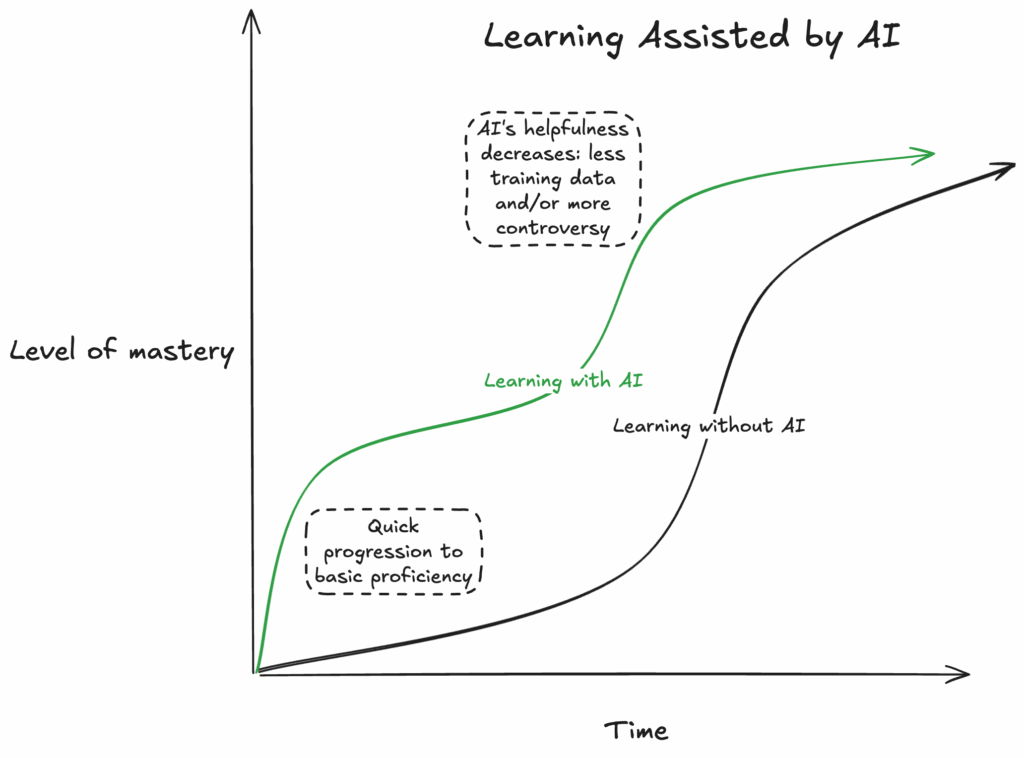I first came across this in the BoSacks newsletter. The original article — Hearst Newspapers leverages AI for a human-centred strategy by Paula Felps at INMA — lays out how Hearst is rolling out AI across its network.
Now, you might be thinking: “That’s great for a chain with San Francisco-based innovation teams and a dozen staffers dedicated to new tools… but what about us smaller or niche outlets that don’t have a DevHub?”
That’s exactly why this is worth paying attention to. Hearst’s approach isn’t just about expensive tech — it’s about structure, guardrails, and culture. Those translate no matter the newsroom size.
Hearst’s AI Guiding Principles
✅ What We Do
- Embrace generative AI responsibly.
- Stay aligned with Legal and leadership.
- Involve newsrooms and journalists across the organization.
- Create scalable tools that help journalists.
- Keep humans deeply involved.
🚫 What We Don’t Do
- Tarnish our brands for quick wins.
- Mass-publish AI-generated slop.
- Mislead our audience or avoid transparency.
- Let bots run without oversight.
- Do nothing out of fear of change.
Here’s the big picture:
- Clear principles: They’ve drawn a hard line on what AI will and won’t do. It’s in writing. It’s shared. And everyone’s on the same page.
- Human-first workflows: Every AI-assisted output gets human review. No shortcuts.
- Small tools, big wins: Their AI isn’t all moonshots. Some of the biggest gains come from automating grunt work — things every newsroom wrestles with.
Why smaller newsrooms should take notes
- You might not have a Slack-integrated bot like Hearst’s Producer-P, but you could set up a lightweight GPT workflow for headlines, SEO checks, or quick summaries.
- You probably can’t scrape and transcribe every public meeting in the state, but you could start with one high-value local board or commission using free/cheap transcription paired with keyword alerts.
- You might not launch a public-facing Chow Bot, but you could make a reader tool that solves one local pain point — from school board jargon busters to a property tax appeal explainer.
The secret here isn’t deep pockets — it’s intentional design. Hearst put thought into categories (digital production, news gathering, audience tools), built policies to match, and then trained their people. That part costs time, not millions.
As Tim O’Rourke of Hearst put it:
“We try to build around the expertise in our local newsrooms. That’s our value — not the tech.”
For smaller outlets, that’s the blueprint. Start with what you do best. Add AI where it can actually save time or uncover new reporting angles. Keep your humans in control. And make sure your audience always knows you value accuracy over speed.
Quick wins for small newsrooms
- Write your own “What We Do / What We Don’t Do” AI policy in plain language.
- Pick one workflow bottleneck and pilot an AI tool to tackle it.
- Build an internal “AI tips” Slack channel or email chain to share wins and lessons.
You don’t need a DevHub to start. You just need a plan — and maybe the courage to experiment without losing sight of your values.
